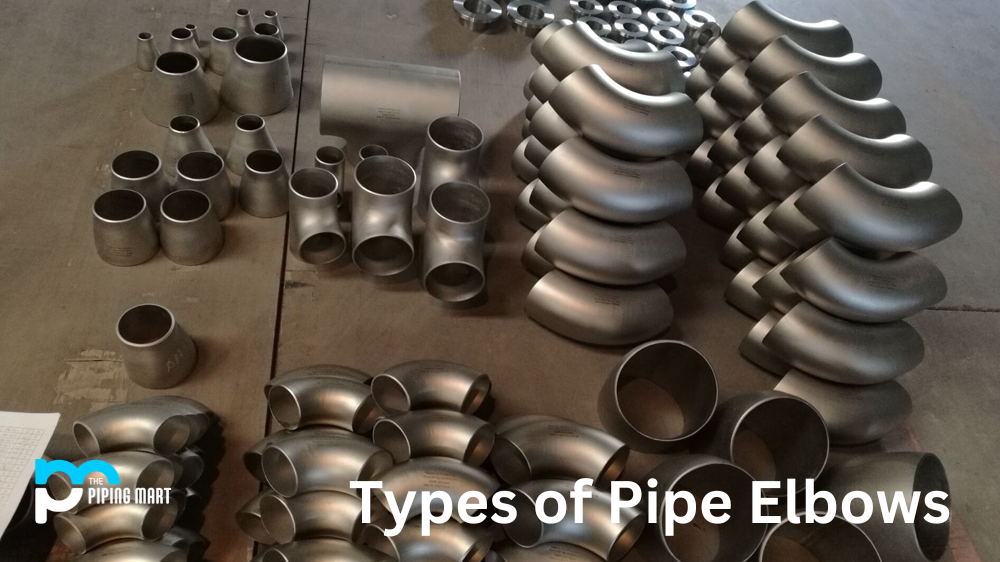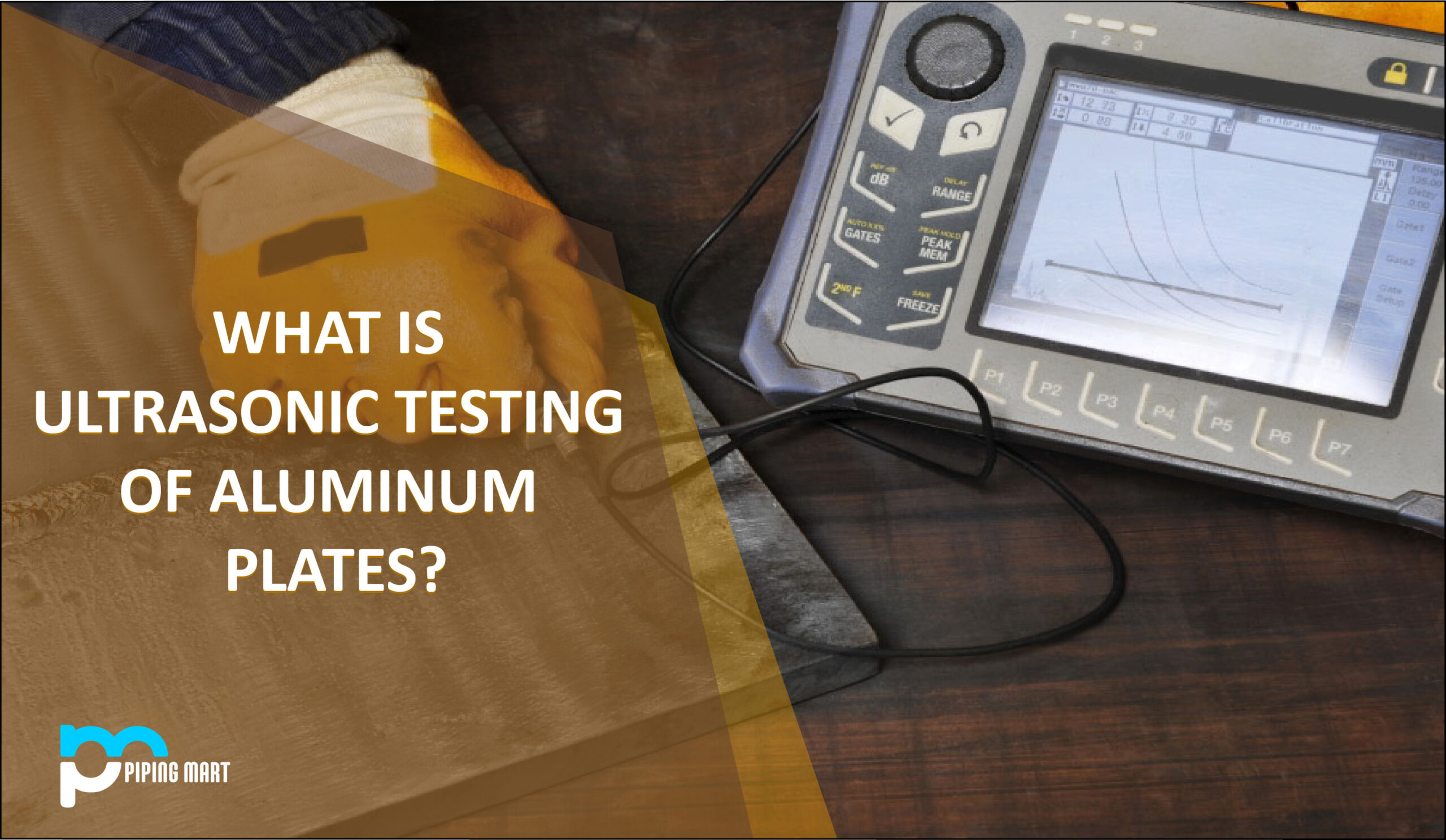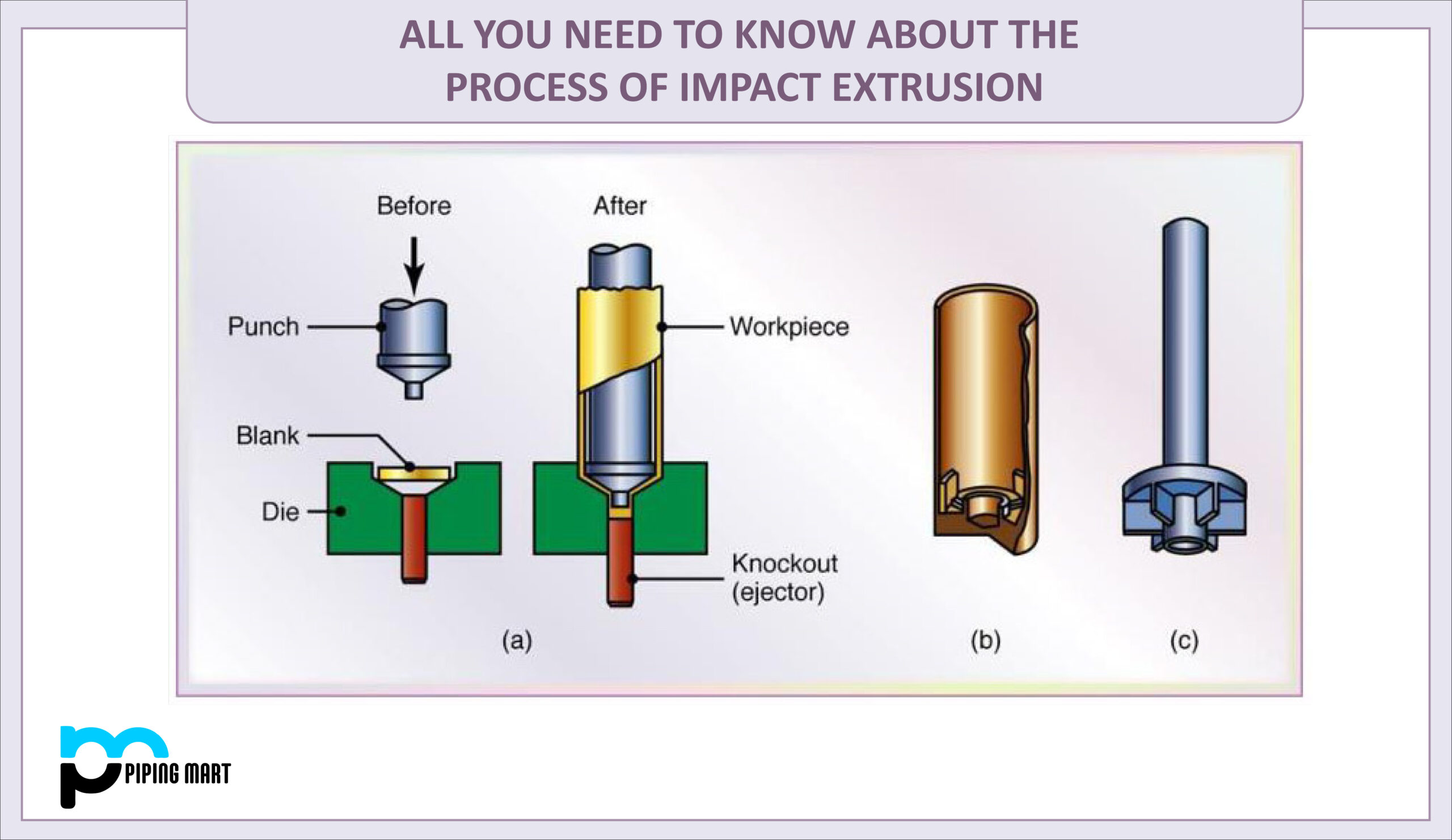Pipe elbows are essential in connecting pipes in plumbing systems or piping networks. An elbow, also known as a bend, is a fitting used to change the direction of the pipe’s flow. It can be found in different materials, sizes, angles, and shapes. Understanding the types of pipe elbows available can help you determine which type is best suited for your application. This blog post will discuss the various types of pipe elbows and their uses to help you make informed decisions.
Types of Pipe Elbows
Short Radius Elbows
Short-radius elbows have a centerline radius equal to the pipe’s diameter, typically used in tight spaces. These elbows allow for a more abrupt change of direction, making them ideal for systems that require fast flow movement. They are commonly used in damage-sensitive areas with minimal vibrations and disturbances. Short-radius elbows are usually found in low-pressure pipelines to prevent the creation of pressure drop problems.
Long Radius Elbows
Long-radius elbows have a centerline radius that is 1.5 times the diameter of the pipe. They offer a more gradual change of direction, allowing for less resistance and smoother flow. They are ideal for high-pressure and high-velocity applications that require a more consistent flow rate. Long-radius elbows are also commonly used in liquid or gas handling systems as they minimise turbulence.
45-Degree Elbows
45-degree elbows create a 45-degree angle change of direction between two pipes. It offers a smoother flow than a sharp turn, as found in a short-radius elbow. This type of elbow is mainly designed to reduce the pressure-drop effect by adding a gradual direction change. This elbow style is also helpful for a pipeline system with planned angles.
90-Degree Elbows
The 90-degree elbow is the most common type of pipe elbow and offers a sharp turn for the piping systems. It is used to change the direction of the pipe at a 90-degree angle, making it ideal for systems requiring a precise turn. This type of elbow creates higher resistance to fluid flow and should only be used in high-pressure, high-velocity systems if mitigated with specific design detail.
Threaded Elbows
Threaded elbows are designed to be screwed into another fitting or pipe. They offer a tighter and more secure installation and are commonly made of metal to enhance durability. Threaded elbows are available in almost all forms, providing versatility in installation and use. They are best used in areas where dismantling the piping frequently is required, such as in retrofit buildings.
Conclusion
When selecting the right pipe elbows, it’s crucial to understand the different types of elbow fittings available. Each class has unique features that make it ideal for particular applications. Short-radius elbows are suitable for systems that require fast flow movement, while long-radius elbows are commonly used in high-pressure and high-velocity applications. 45-degree elbows offer a smoother flow than a sharp turn in a short-radius elbow and are helpful when a pipeline system requires designed angles. The standard 90-degree elbow provides a quick turn for piping systems, while threaded elbows are ideal in areas where the frequent dismantling of the piping is necessary. By understanding these different types, you can make informed decisions that best suit your needs and improve your piping system’s overall performance.
Sakshee is a talented blogger, with a particular focus on the Business and Metal Industry. She is passionate about sharing her insights on various metal products and helping professionals to make a better decisions.




